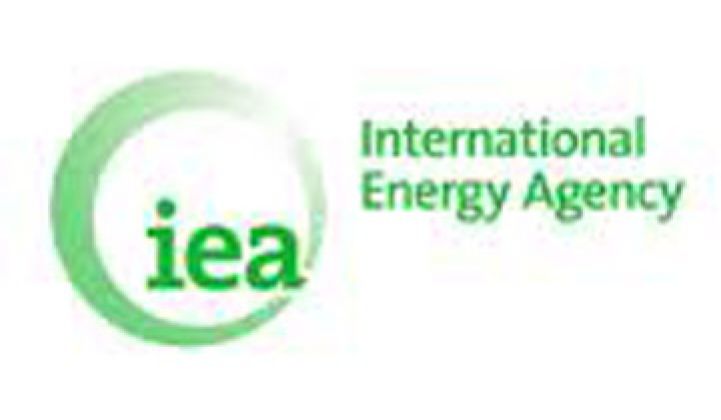The renewable industry is growing rapidly, said the International Energy Agency in its Clean Energy Progress Report.
Unfortunately, traditional fossil fuels are growing even faster. Renewable energy generation has grown, on average, by 2.7 percent a year since 1990. Electricity generation, however, has grown by 3 percent, meaning that the steps forward have been eclipsed by the overall market. Coal has fulfilled 47 percent of the new electricity demand in the past decade.
Those are just some of the sobering, yet sometimes hopeful, facts in the report. Here are others:
--By 2020, the world will need 100 large-scale carbon capture projects, and by 2050, we will need 3,000 of them to keep global temperatures from rising more than 2 degrees Celsius by the end of the century.
Right now, only five are operational. The report, however, notes that 70 more are in the planning stages. The global public funding for these projects comes to an underwhelming $25 billion.
--The wind industry has seen dramatic expansion from a small base. Only 17 gigawatts' worth of wind turbines existed a decade ago. Now the world has 194 gigawatts' worth of wind capacity. China plans to grow wind capacity from 5 GW in 2010 to 30 GW in 2020.
--Solar has seen the number of major markets grow from three in 2000 to ten today. Still, solar will have to grow by 22 percent a year and wind will have to grow by 17 percent in the same period to achieve the goal of halving CO2 emissions by 2050.
--Biofuels only account for 3 percent of the fuel consumed globally for road transportation.
--Globally, 66 nuclear reactors are under construction and 60 gigawatts may come online by 2015. (The report, however, was in process before Fukushima.)
--Although fossil fuels are mature and renewables currently cost more, fossil fuels still gobble up the lion's share of subsidies. The fossil industry worldwide benefits from $312 billion in consumption subsidies. Renewables only get $57 billion. (Note: This sort of stat will make fossil advocates switch from arguing that 'subsidies are wrong' to 'larger subsidies to larger industries make sense.')
--2000 marked a turning point in history. For the first time, more than 50 percent of the global population lived in urban environments. What does that mean? An increased demand for smart grid technologies to deliver power to dense environments. (It's a great opportunity for Dwell Magazine too, I suppose.)
--The Blue Map Scenario, a hypothetical for halving carbon emissions in 2050 compared to a baseline of 2005, goes like this: Approximately 19 percent of the progress will come from the still somewhat fictional process of carbon capture and storage. Seventeen percent will come from renewables. Another 6 percent will come from nuclear, while five percent will come from improved power plant efficiency. Fifteen percent will come from swapping fossil fuels like gas for new end-user fuels like biodiesel and another 38 percent will come through efficiency improvements in buildings and other end-user environments.
--Improvements in efficiency will come in industry (32 percent), transportation (29 percent) and buildings (25 percent).
--China is the dominant producer and consumer of lights. China bought 1 billion lamps (or bulbs, in layman's terms) in 2007. The rest of the world combined bought 1.5 billion.



